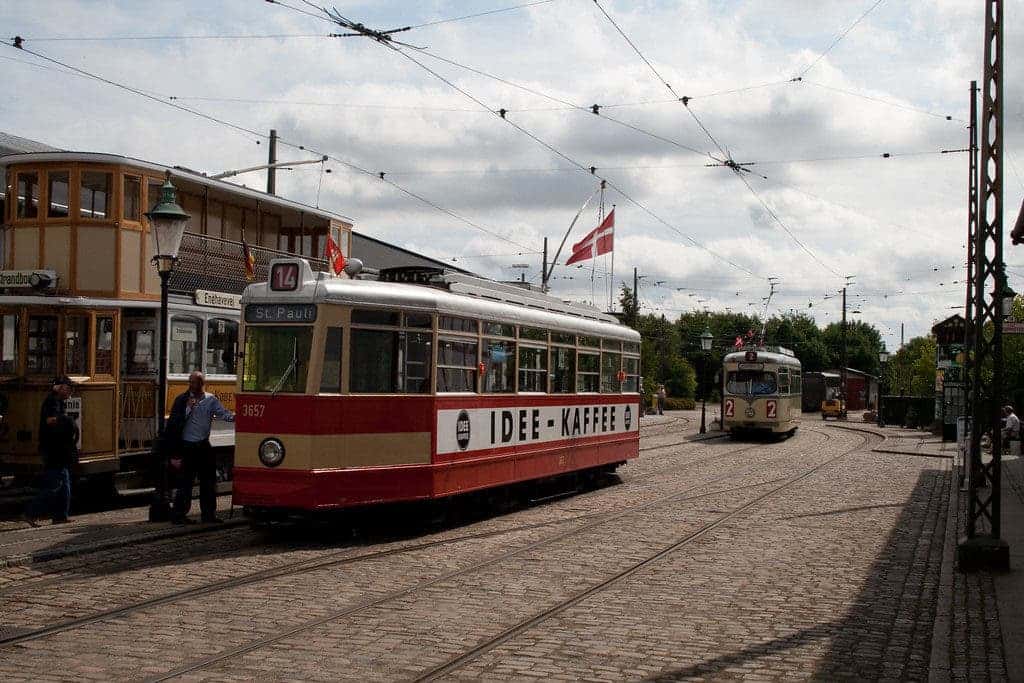The beginning of the so-called Nordic Bronze Age, a period of unprecedented economic growth in Scandinavia in the 2nd millennium BC, helped define the migration patterns in present-day Denmark, according to a study by Karin Frei of the National Museum of Denmark and colleagues.

Western Europe experienced a period of significant migration during the 2nd and 3rd millennia BC, including the movement of steppe populations into more temperate regions. Starting around 1600 BC, southern Scandinavia became closely linked to long-distance metal trade elsewhere in Europe, which gave rise to a Nordic Bronze Age.
“Our data indicates a clear shift in human mobility at the breakthrough point of the Nordic Bronze Age when an unprecedented rich period in southern Scandinavia emerged. This suggests to us that these aspects might have been closely related,” Frei said.
Frei and colleagues investigated in their study whether patterns of migration changed during this Nordic Bronze Age. They examined the skeletal remains of 88 individuals from 37 localities across present-day Denmark. Since strontium isotopes in tooth enamel can record geographic signatures from an early age, analysis of such isotopes was used to determine individuals’ regions of provenance.
Radiocarbon dating was used to determine the age of each skeleton and physical anthropological analyses were also conducted to add information on sex, age and potential injuries or illness.
From 1600 BC onwards — around the beginning of the Nordic Bronze Age — the strontium signatures of migrants became more varied, an indication that this period of economic growth attracted migrants from a wide variety of foreign locales, possibly including more distant regions.
The authors suggested that this might reflect the establishment of new cultural alliances as southern Scandinavia flourished economically. They propose that further study using ancient DNA may further elucidate such social dynamics at large scales.
“Around 1600 BC, the amount of metal coming into southern Scandinavia increased dramatically, arriving mostly from the Italian Alps, whereas tin came from Cornwall in southern England. Our results support the development of highly international trade, a forerunner for the Viking Age period,” co-author Kristian Kristiansen said.


